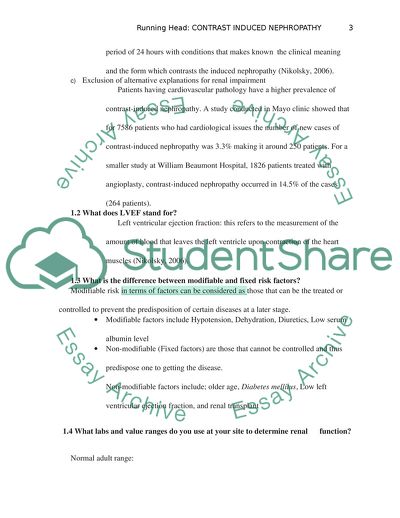Contrast Induced Nephropathy (CIN) Assignment Example | Topics and Well Written Essays - 750 words. https://studentshare.org/medical-science/1863765-contrast-induced-nephropathy
Contrast Induced Nephropathy (CIN) Assignment Example | Topics and Well Written Essays - 750 Words. https://studentshare.org/medical-science/1863765-contrast-induced-nephropathy.


